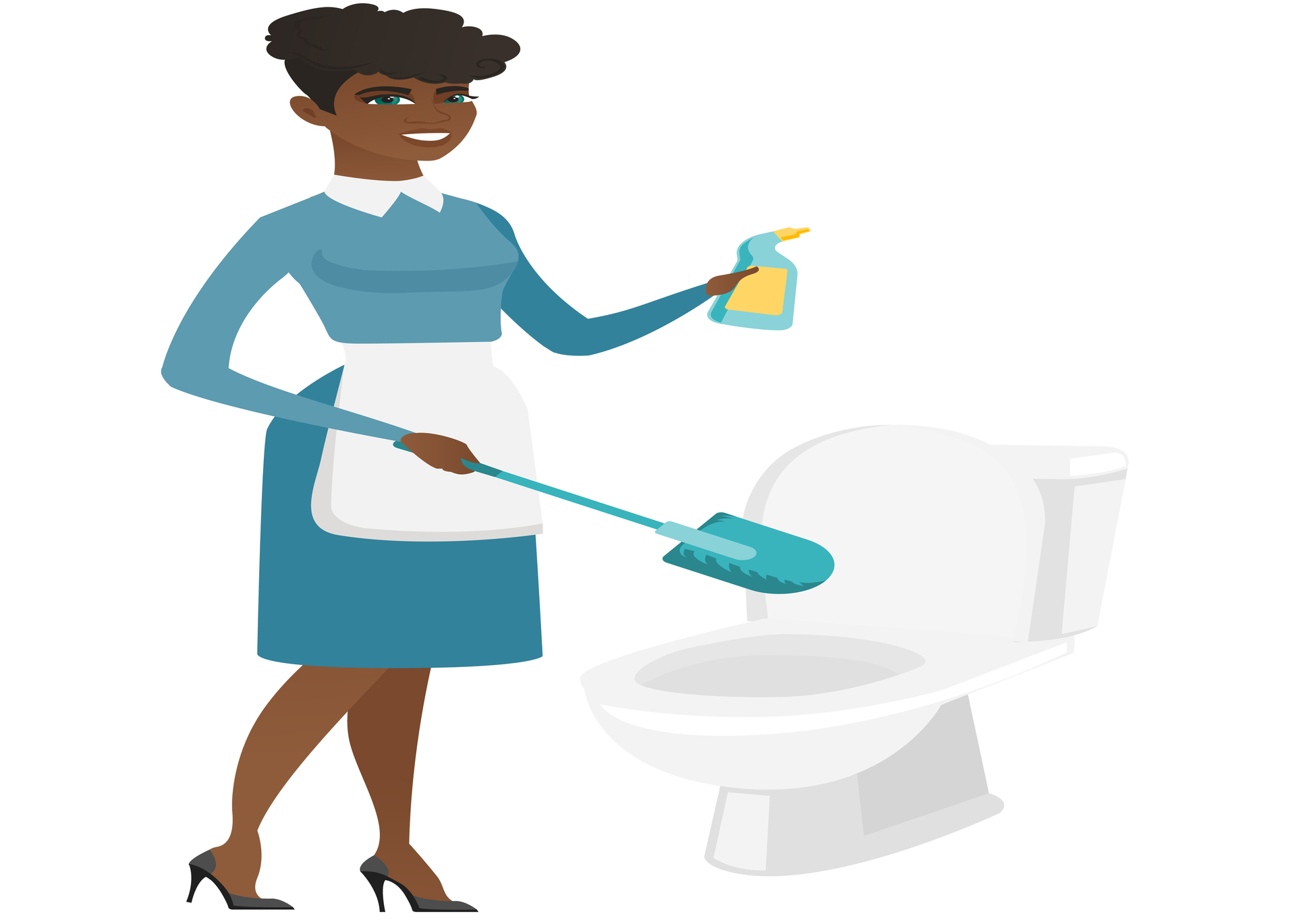Viewing a Vessel’s Kitchen through the Eyes of a Forensic Sanitarian
Why should a professional in a marine catering company care about how a forensic sanitarian would be apt to view a vessel’s kitchen? In order to answer that question, it makes sense to review the sanitarian’s responsibilities. That investigator deconstructs those sanitation issues that ought to concern any maritime catering company. Those would be the issues that appear to have contributed to development of a contamination.
The investigator’s role
Although an expert at a marine catering company may never see such an investigator, he or she might cross paths with the chef and staff in an on-board kitchen. Their paths would be most apt to cross, during the investigator’s attempt to trace the origin of a food borne illness. No one can trace the illness’ probable origin without first studying the location in which it seems to have first appeared. The sanitarian’s initial task centers on determining what to sample. A clear view of what needs sampling tends to come from completion of what is called a mini plan review. The person reviewing any kitchen must examine both the chef’s menu and the available storage facilities. After having reviewed those details, the sanitarian must proceed to the next task. That demands the accessibility of some colored pencils. Each colored pencil represents a particular member of the staff in the on-board kitchen. In the sanitarian’s hand, each such pencil becomes a tool. That tool gets used to indicate the path taken by a chosen member of the kitchen’s food-preparation team. The traced pathways yield valuable clues, as to the spot with the greatest potential for cross-contamination.
The clues uncovered by the traced pathways
A listing of such clues often spotlights the failure of all employees to wash their hands with a suitable frequency. That fact underscores the need for a lesson, one that ought to be included in the guidelines put together by any marine catering company. Frequent hand washing helps to prevent spread of contaminating substances. Any clue’s meaning can best be interpreted by finding out if the inspected kitchen adheres to the HACCP (Hazard Analysis, Critical Control Points) management system. Adherence to such a system becomes possible when food-handlers monitor the nature of the food coming in, as well as what is in storage. Naturally, dating also aids identification of a contaminating substance. In fact, it can facilitate a finding of potential risk factors even before any of the food received has been handled.
Some tips from one of the certified forensic sanitarians
The professionals at a marine catering company should understand that a chef can make a review, one that resembles any that might be made by an anticipated investigator. The reviewing cook needs to study the frequency of deliveries, in comparison to the food selections on the chef’s menu. In addition to that action, such a study should look closely at the conditions present in each food storage facility. Finally, no expert at any of the marine catering companies should hesitate to demand the strict enforcement of hand washing regulations.

